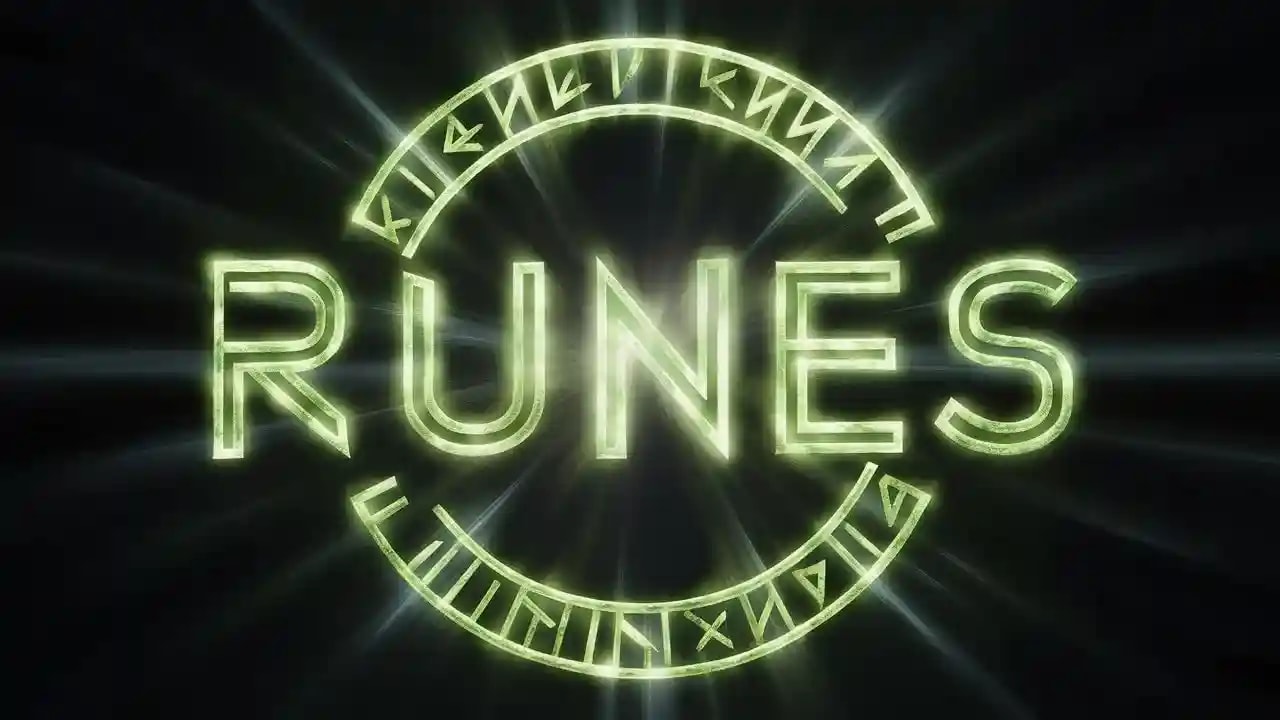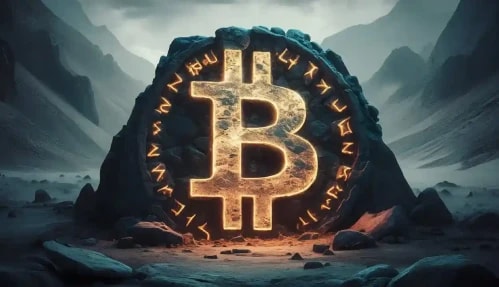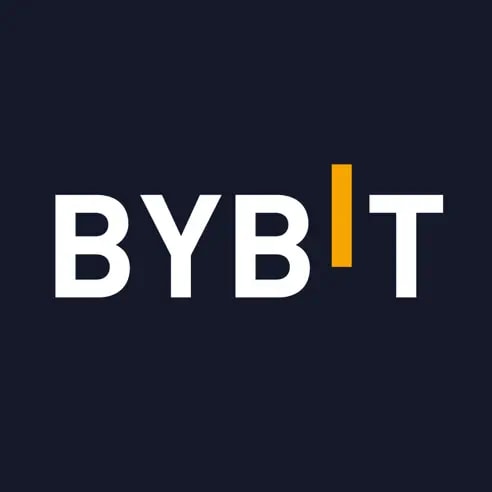asey Rodarmor is set to unveil his new Runes protocol that will enable the creation of fungible tokens on the Bitcoin blockchain. Rodarmor created headlines last year with the successful launch of the Ordinals protocol, which allowed for the creation of non-fungible tokens (NFTs) on Bitcoin for the first time. The popularity of Ordinals highlighted users' growing appetite for new developments and use cases on the traditionally conservative Bitcoin network. Now, Rodarmor believes the time is right for the launch of Runes, which he describes as a simpler and more efficient standard than existing solutions like BRC-20 for creating fungible tokens - commonly known as 'memecoins' or 'shitcoins' - on Bitcoin.

Limitations of Existing Standards
Currently, the most well-known protocol for creating fungible tokens on Bitcoin is BRC-20. However, Rodarmor argues that BRC-20 has limitations that Runes looks to address. With BRC-20, a user can only transfer one type of token to a single destination with one accompanying message in each transaction. This can require multiple transactions to transfer various tokens simultaneously. Conversely, Runes will allow users to include different tokens in a single transaction by "fanning out" Runes from input addresses to output addresses. This makes transfers more efficient. Additionally, BRC-20 relies on Ordinals 'inscriptions', requiring two transactions just to create the tokens, whereas Runes is a standalone protocol with no dependencies.
How the Runes Protocol Works
Runes builds on the core UTXO model of Bitcoin to generate transactions. UTXOs refer to the unspent outputs of previous transactions - similar to cash change from a purchase. The Runes protocol extends this concept by enabling UTXOs to hold balances of multiple Runes tokens, with a single Rune potentially containing units of several different tokens. When users send Runes, any remaining unspent amounts or "UTXOs" are destroyed unless the sender attaches a "Runestone" pointer to specify an alternative output address. This renders the UTXOs non-spendable and makes them ignored by the Bitcoin network and nodes. A Runestone can be used to either create a new Rune by "etching" it or to transfer existing Runes. Rodarmor argues this OP_RETURN-based approach makes Runes very efficient and simple compared to BRC-20.
Coinciding Runes Launch with Next Bitcoin Halving
While not technically necessary, Rodarmor has timed the launch of Runes to coincide with Bitcoin's next halving event on April 19, 2024. During a halving, the reward miners receive for mining new blocks is reduced, in this case, cutting from 6.25 BTC per block to 3.125 BTC. This makes the fees transactions pay more important for incentivizing miners. Rodarmor argues Runes could help generate more transaction demand and drive up fees by allowing new uses like "memecoins" on Bitcoin. More transaction activity may help offset the security reduction from halved block rewards. However, not all in the Bitcoin community agree additional layer-one transaction load is desirable. Either way, Runes' launch seems primed to spark fresh debate about alternatives atop the dominant cryptocurrency in the run-up to its next reward halving.
Possibilities for Runes and "Shitcoins" on Bitcoin
Depending on how well Runes is adopted, it could open the doors for entire new categories of tokens to be created directly on Bitcoin for the first time. While some in the community dislike the notion of facilitating arbitrary "shitcoins", proponents argue the simplicity and efficiency of Runes minimize any potential damage and make participation entirely voluntary. If Runes even partially mimics the success and usage of Rodarmor's Ordinals protocol, it would see Bitcoin gain significant additional transaction activity from previously impossible uses. However, whether the new transaction load would seriously impact Bitcoin's congestion or fees as some fear remains to be seen. The launch of Runes promises to further evolve how people interact with Bitcoin and could permanently alter perceptions around alternative applications and tokens on the leading blockchain.










